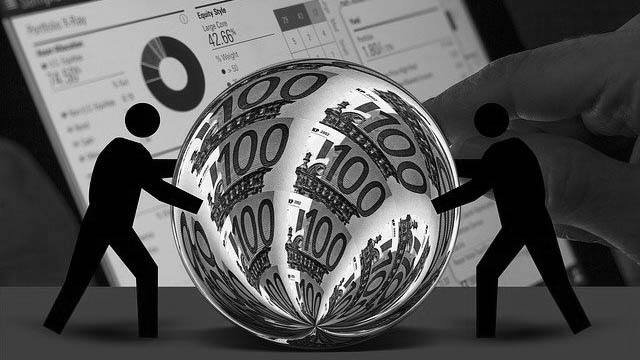With the dislocation of the neoliberal normality by the COVID-19 pandemic, one has witnessed attempts by influential organisations and specific sections of the intellectual elite to resuscitate dormant ideas. Sudden support for Keynesianism is a good example of this. Instead of wholeheartedly accepting the post-pandemic plans being relayed by powerful groups, the Left needs to critically evaluate them.
The economic slump introduced by the COVID-19 pandemic has initiated a top-down process of intellectual engineering, giving renewed appeal to alternative theories of managing capitalism. Keynesianism is one such theory. It consists of countercyclical macroeconomic management by an interventionist, regulatory state committed to achieving full employment and higher incomes for everyone. The humane character of such a policy regime makes it attractive even among some sections of the Left. However, it is ultimately unsustainable.
The fundamental idea of Keynesianism is that state spending, a national budget deficit, can be used to combat recession. Raising overall demand in a given country will facilitate a recovery insofar as there is the disposable productive capacity (unemployed workers, stocks of raw materials, machines working below capacity). These unused resources are mobilized by the additional purchasing power created by the budget deficit. Only when these reserves are exhausted do you get the fatal onset of inflation
There are many pitfalls in the consistent Keynesian schema. First, the money that the government borrows today from the capitalists must be paid back tomorrow–and with interest. As the public debt grows, servicing this debt eats up a growing part of public spending, so there is a tendency for the budget deficit to grow without any corresponding beneficial effects. In other words, demand can be “stimulated” today through government borrowing, but only by cutting into demand in the future.
In the 1990s, when states began to worry about the growing weight of debt servicing as part of their budgets and reduced their spending (and thus social services), a new model of private debt was established. In other words, it was made easier than ever for households to take on debt so that they could preserve their purchasing power, which was being cut back by these budget consolidation measures. And that led the capitalist world to the 2008 economic catastrophe.
Second, money cannot be indefinitely pumped into the economy. The maintenance of a large fiscal deficit can cause inflation by adding to the level of aggregate demand. A deficit will eventually result in excess demand inflation, ie, one where the availability of goods at the base prices is insufficient to satisfy the level of demand at these prices. The inflationary pressures of the 1970s are a testament to this. The question is: why does this happen?
To understand this, we need to take recourse to the Marxist theory of inflation. The productive circuit begins when a capitalist draws on previously accumulated funds or borrows newly created credit money to finance production. The injection of these funds into the economy increases the ratio between money and output value. If more output is eventually produced and sold at its normal price, the initial increase in the ratio between money and value is cancelled out by the output growth.
When there is no adequate increase in output, inflation takes place. In other words, inflation is the result of an upward shift in the relationship between commodity prices and values. This shift is caused by an increase in the quantity of circulating money, which fails to elicit a corresponding increase in commodity supply.
Using the Marxist concept outlined above, we can arrive at the following conclusion: while the Keynesian state can create money, it cannot guarantee that this money has any value. Without a productive economy behind it, money is meaningless. Money, as the universal equivalent of the values of the commodities, is the counter-value of quantities of socially necessary labour.
This means that real value is created in production, as a result of the application of labour-power. The money that a state creates, therefore, will only be of any worth in so far as it reflects the value that is in circulation in the economy, in the form of the production and exchange of commodities. Where this is not the case, destabilizing inflation will set in.
Since Keynesianism is unsustainable, it is perfectly correct to believe that between capitalism and socialism, there can be no other modes of production, no halfway houses, but only irreconcilable opposition. To put it in another way, the “socialisation of investment” (which John Maynard Keynes wanted) will remain an impossibility without the socialisation of production.
A student and freelance writer based in Aligarh. Interested in studying the existential conditions of subaltern classes. He has written articles on the re-structuration brought about by neoliberalism and right wing populism. His articles have been published in Coventry University Press, Economic and Political Weekly, Weekly Worker, Clarion India, Indian Periodical, Culture Matters and Karvaan magazine. Some of his poems are published in Live Wire and Cafe Dissensus blog.

